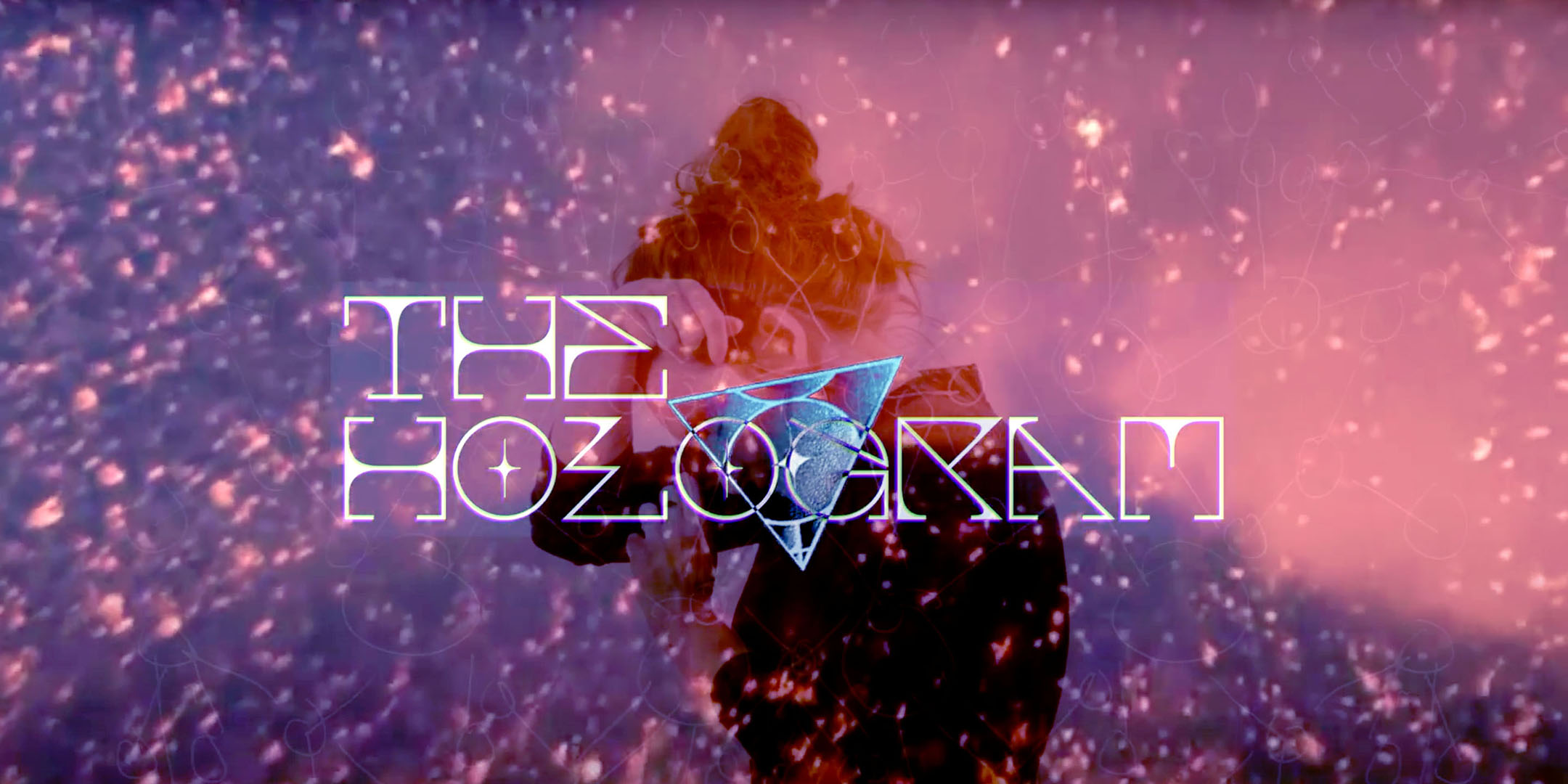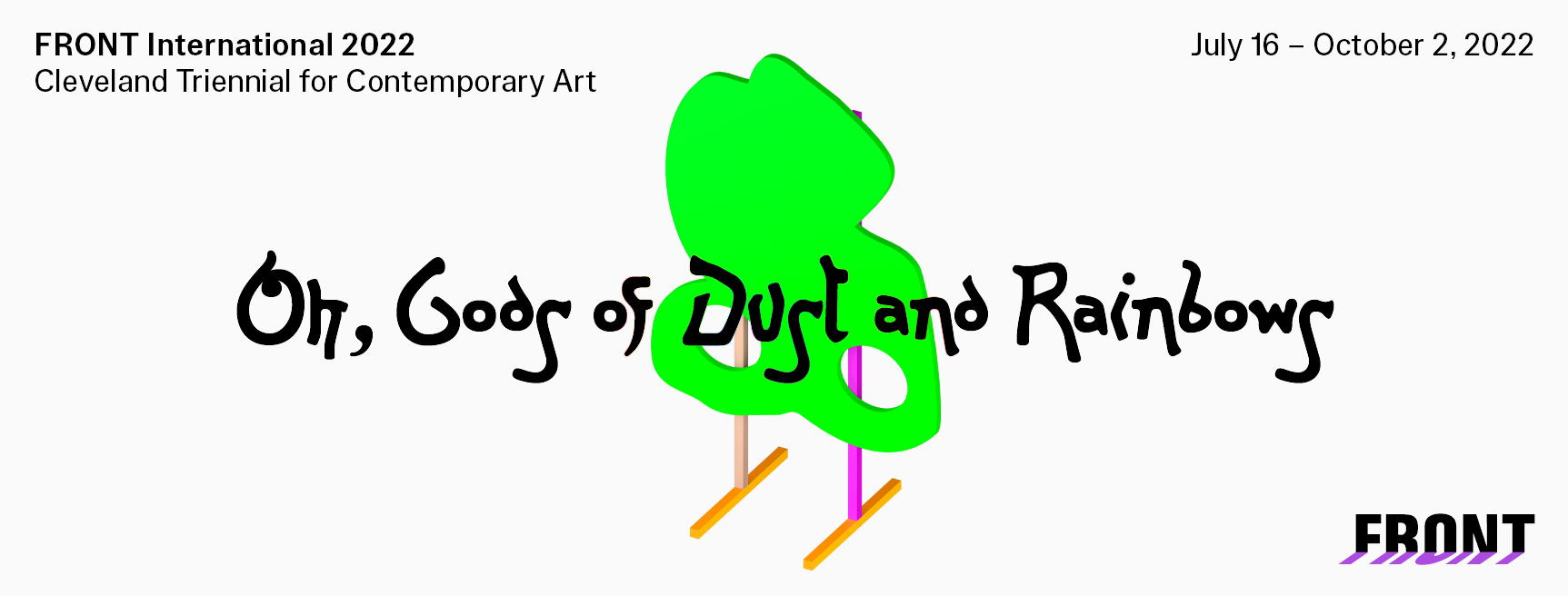
The Hologram
July 16, 2022 through May 27, 2023
Past Exhibit
How does a worldwide pandemic during an environmental emergency shift not only our psychology, but also the tools to help us heal? What did the pandemic destroy and what did it create? How would a giant peer-to-peer healthcare practice change how we see care and what we want from the field of psychology?
The Hologram is a viral, feminist peer-to-peer protocol that is practiced by people around the world. Originally conceived of by artist Cassie Thornton in 2016, The Hologram initially existed as a parafiction, a rumor, or even a little white lie. Thornton gave talks, workshops, and wrote about The Hologram as if it was already a real system for distributing care using a specific set of guidelines that was practiced by many people around the world. As a 2020 experiment, Thornton wrote a Wikipedia “Entry from the Future,” in which she imagined being in 2038 and looking back on The Hologram project as if it had succeeded as a tool for peer-to-peer health as part of a worldwide anti-capitalist social movement. In this article, Thornton tells the story of her dreams: that in just a few years The Hologram allowed widespread health and stability for its growing cohort of decentralized users, creating the circumstances for the emergence of new grassroots ways of organizing society that do not rely on capitalism, patriarchy, racism, and incarceration.
In real life, since the beginning of the COVID-19 pandemic, hundreds of people have actually begun to practice The Hologram. Because the practice steadily grows virally and slowly through the people who use it, we expect that it will be more necessary, more widely practiced, and more socially transformative by 2038. In this exhibition, visitors are invited to visit 2038, where they will look back at the pandemic and how it created the conditions for the birth of The Hologram as a popular practice. Visitors will see an approximation of a domestic space of a single person, living in North America, isolating during the COVID-19 pandemic. Artifacts in the room gently narrate this person's growing attention to health and care and their desire to disentangle from racial capitalism, as well as the tools that allowed them to begin to practice The Hologram alongside other mutual-aid initiatives and activist experiments in care.
This installation is part of the 2022 FRONT Cleveland Triennial for Contemporary Art, titled Oh, Gods of Dust and Rainbows. Visitors may view the exhibition for free during the National Museum of Psychology’s public hours (regular admission rates still apply to the rest of the Museum and Institute galleries)..

Oh, Gods of Dust and Rainbows is the second edition of FRONT International, a contemporary art exhibition across Northeast Ohio comprised of artist commissions, performances, films, and public programs that takes place across Cleveland, Akron, and Oberlin every three years. Oh, Gods of Dust and Rainbows embraces art as an agent of transformation, a mode of healing, and a therapeutic process. The title is an homage to a 1957 poem by author and activist Langston Hughes, who moved to Cleveland in his childhood and maintained an artistic connection to the region. The Cummings Center for the History of Psychology joins more than twenty locations in hosting this exhibition, including the Akron Art Museum, Allen Memorial Art Museum at Oberlin, Cleveland Institute of Art, Cleveland Museum of Art, Cleveland Public Library, moCa Cleveland, SPACES, and Transformer Station. Learn more about FRONT International.
About Cassie Thornton
Cassie Thornton Thornton is an artist and activist who makes a “safe space” for the unknown, for disobedience and for unanticipated collectivity. She uses social practices including institutional critique, insurgent architecture, and “healing modalities” like hypnosis and yoga to find soft spots in the hard surfaces of capitalist life. Cassie has invented a grassroots alternative credit reporting service for the survivors of gentrification, has hypnotized hedge fund managers, has finger-painted with the grime found inside banks, has donated cursed paintings to profiteering bankers, and has taught feminist economics to yogis (and vice versa).
Plan Your Visit
Get more information on hours and admission.
Health & Safety Information
Please stay home if you do not feel well, have been diagnosed with COVID-19, or had direct contact with an individual diagnosed with or suspected to have COVID-19. Get more information on our current health & safety precautions.
Travel, Parking, and Accessibility
Get more information on travel, parking, and accessibility.
